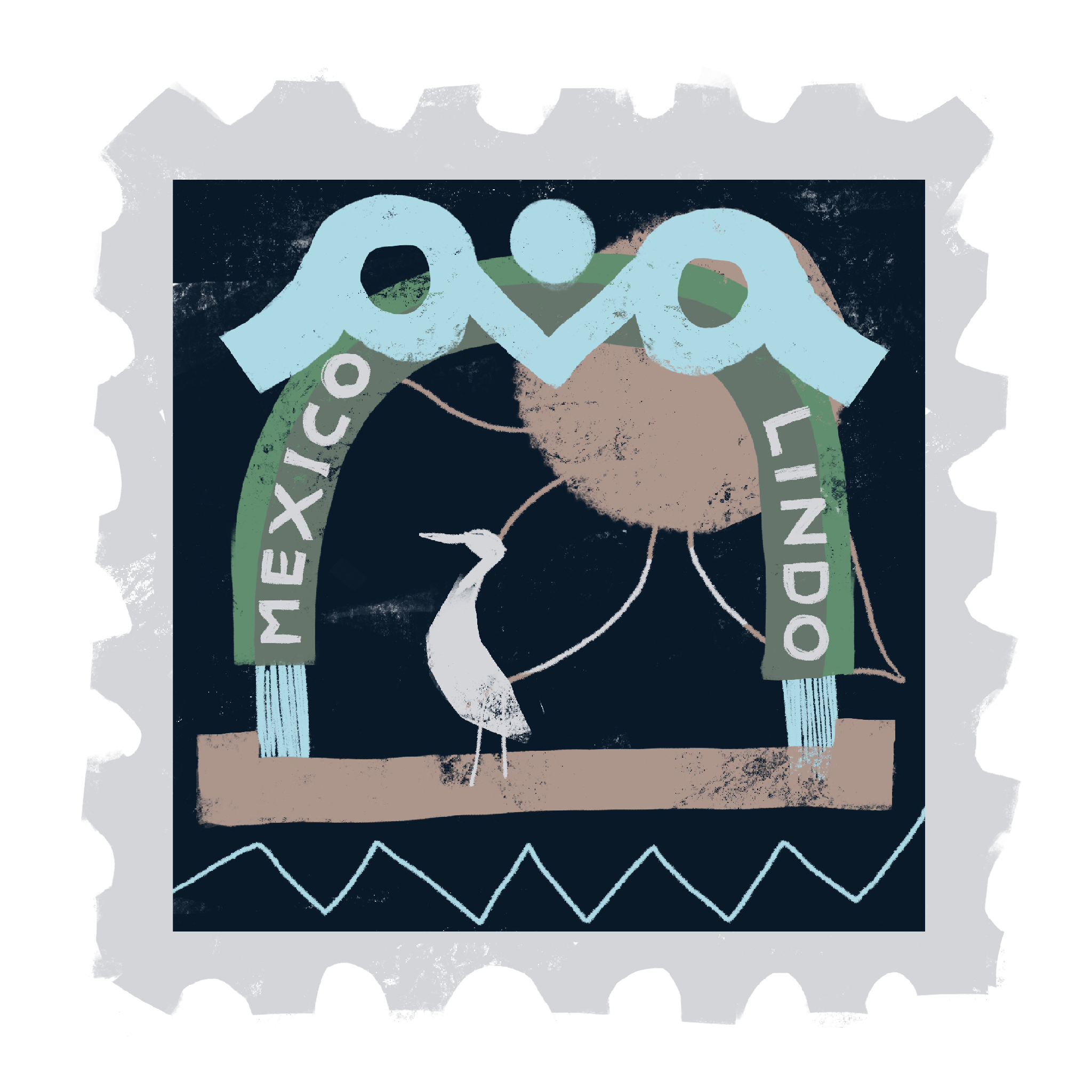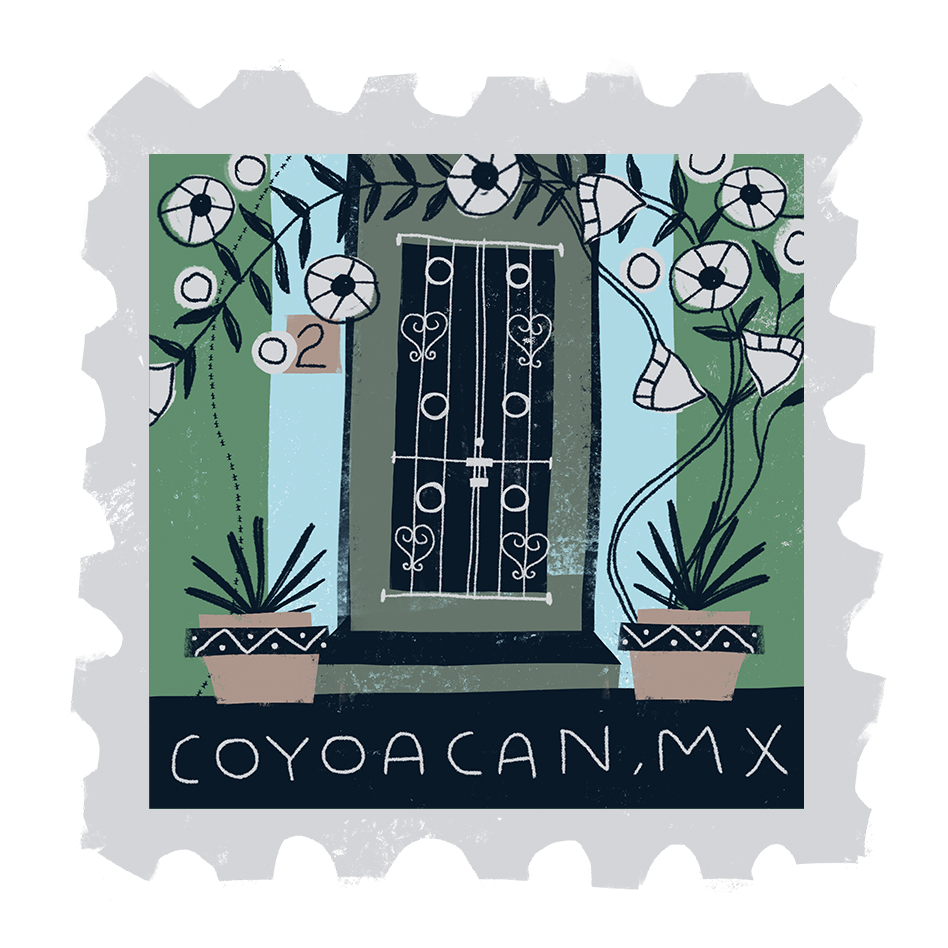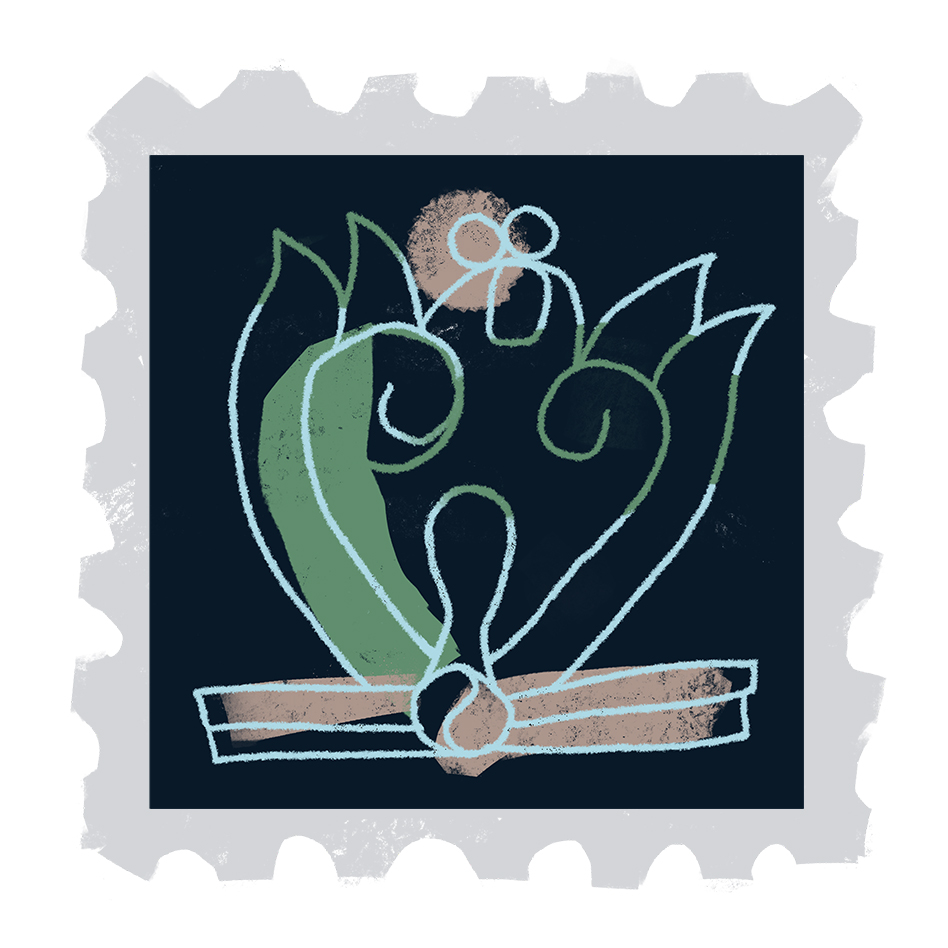



The canals of Xochimilco are a living vestige of the Aztec agricultural technique known as chinampas, used to extend arable land in wetland areas. Chinampas are raised fields built between canals, formed by rooting rectangular cane frames to the lake floor and layering aquatic weeds, muck, and earth until they rise about one meter above the water. Willow trees planted along the edges help contain the fields with their roots. This ingenious method allowed the Aztecs to farm intensively in swampy areas, sustaining a large population and demonstrating their remarkable ability to adapt to their surroundings.

The name Coyoacán comes from Nahuatl, the language of the Aztec/Mexica, and most likely means “place of coyotes.” One of the oldest neighborhoods in Mexico City, Coyoacán is filled with narrow cobblestone streets and small plazas laid out during the colonial period, giving the area a distinct, bohemian character framed by old trees and vibrant flowers. It is also home to the famous “Blue House,” the birthplace of Frida Kahlo.
 Xochitl is a Nahuatl word meaning “flower.” The Xochitl flower, also known as the Mexican marigold, holds deep spiritual and cultural significance in Mexican traditions. It symbolizes death and rebirth and is often used during Día de los Muertos (Day of the Dead) celebrations. In Aztec mythology, the goddess of flowers, Xochiquetzal, is closely associated with the Xochitl flower, which embodies her teachings of love, beauty, and fertility. Its vibrant colors and sweet fragrance are regarded as offerings to the goddess, making the flower a symbol of beauty, love, and purity.
Xochitl is a Nahuatl word meaning “flower.” The Xochitl flower, also known as the Mexican marigold, holds deep spiritual and cultural significance in Mexican traditions. It symbolizes death and rebirth and is often used during Día de los Muertos (Day of the Dead) celebrations. In Aztec mythology, the goddess of flowers, Xochiquetzal, is closely associated with the Xochitl flower, which embodies her teachings of love, beauty, and fertility. Its vibrant colors and sweet fragrance are regarded as offerings to the goddess, making the flower a symbol of beauty, love, and purity.